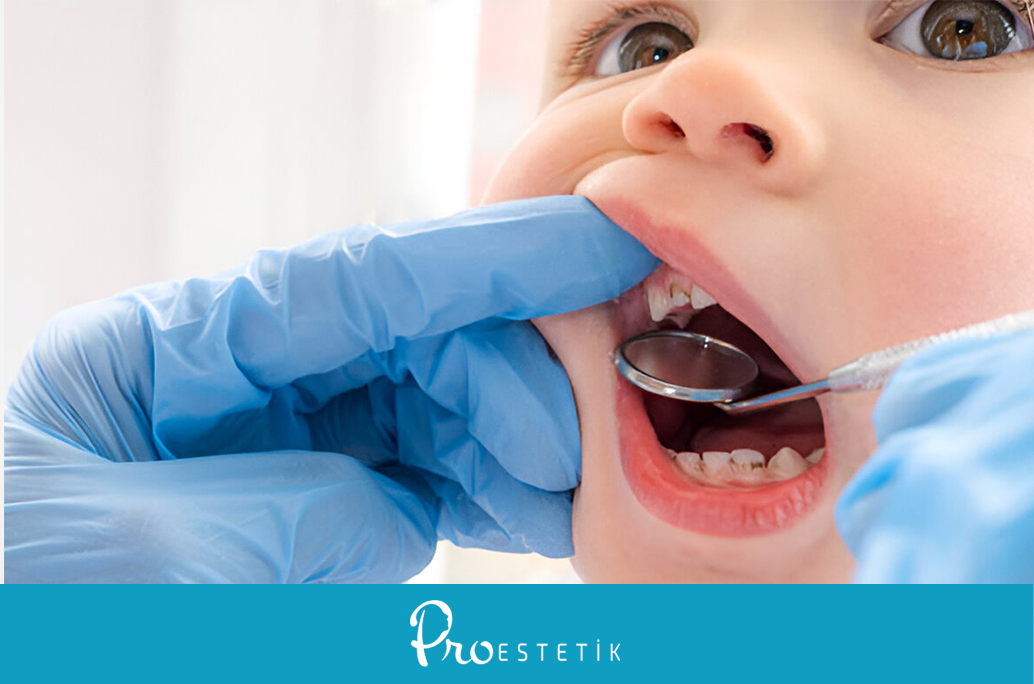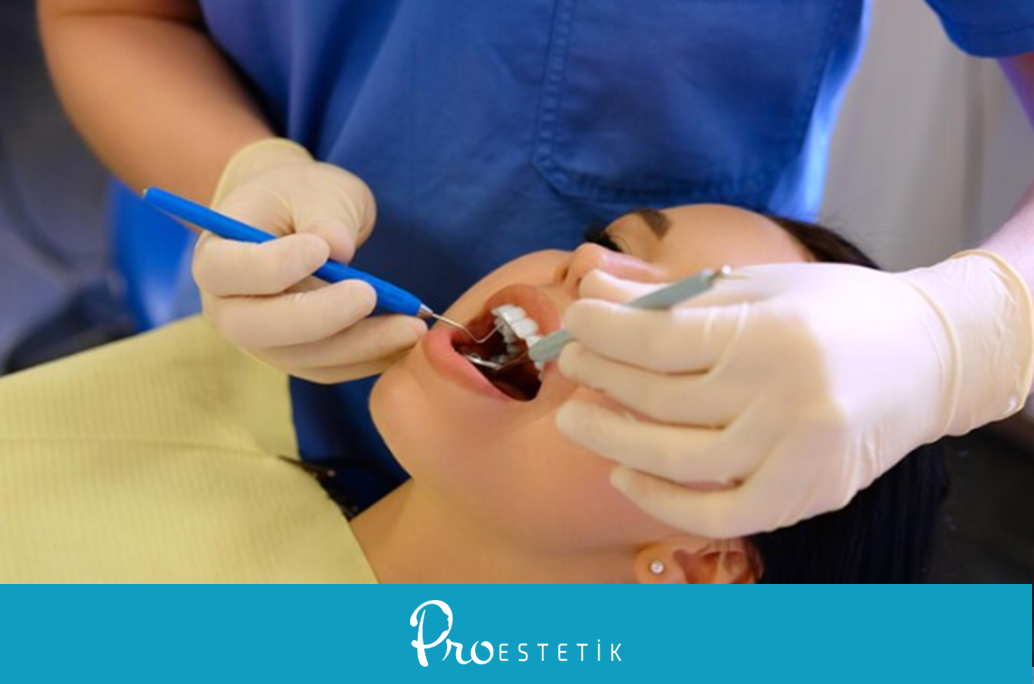Gum bleaching, also known as gum depigmentation, is a treatment method aimed at removing unwanted discoloration on the gums and restoring a healthy appearance. Gum discoloration can occur due to various reasons, and the treatment plan is determined by the dentist based on the diagnosis.
Why Do Gum Color Changes Occur?

The melanin pigment in the epithelial tissue of the gums gives them their color. Therefore, just like the different skin tones in different individuals, variations in gum color are quite natural. However, some individuals may experience abnormal bruising or darkening of the gums due to factors such as trauma or genetic influences.
How is Gum Bleaching Performed?

After identifying the issue, the dentist creates a personalized treatment plan for the patient. Gum bleaching can be performed using either surgical methods or dental lasers. The goal is to remove the discolored area and promote gum healing, resulting in a healthier gum color.
Steps of Gum Bleaching:
- Initial Examination: The dentist examines the patient and conducts tests to assess the oral and dental structure comprehensively.
- Treatment Planning: Based on the examination findings, a personalized treatment plan is developed for the patient.
- Procedure:
- Surgical Gum Bleaching: Local anesthesia is administered, and the discolored area of the gum is removed surgically. The healing process typically takes a few weeks, after which the gums regain a healthy color.
- Laser Gum Bleaching: Dental lasers are used in this procedure to remove discoloration without causing tissue loss. Precise work ensures the elimination of stains.
- Post-Treatment Care: After gum bleaching, patients are advised to rinse with saline solution to aid in healing. Additionally, extra care should be taken for oral and dental health during the recovery period, including using a soft-bristled toothbrush for brushing.
Preventive Measures for Gum Discoloration:

Maintaining good oral hygiene is crucial for gum health. This includes brushing teeth twice a day with a soft-bristled toothbrush, using mouthwash, and flossing regularly. In cases of gum issues, the dentist may prescribe antibiotics or recommend surgical interventions.
For any oral and dental health concerns, feel free to contact us and take advantage of our expert team's free examination service.
Please note that medical terms and procedures may vary by region, and it's essential to consult with a qualified healthcare professional for personalized advice and treatment.

 English
English Turkish
Turkish Deutsch
Deutsch العربية
العربية![[:en]How to Perform Gum Bleaching? Procedure Details…[:tr]Diş Eti Peelingi Nasıl Yapılır? İşlem Detayları...[:de]Wie wird Zahnfleischbleaching durchgeführt? Verfahrensdetails…[:ar]كيف يتم تنفيذ تبييض اللثة؟ تفاصيل الإجراء...[:] dis-eti-peelingi](https://proestetik.com.tr/wp-content/uploads/2024/01/dis-eti-peelingi4.png)










